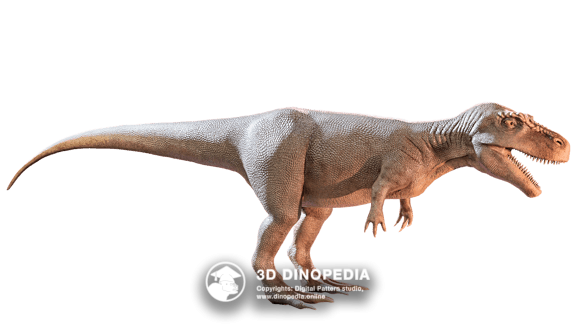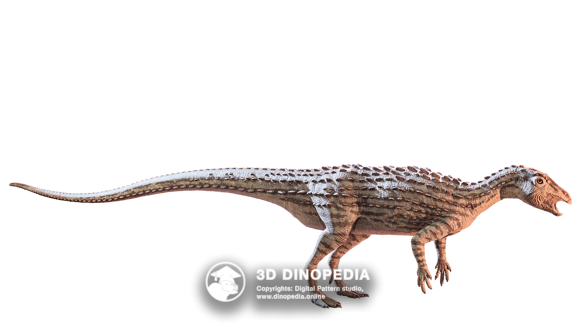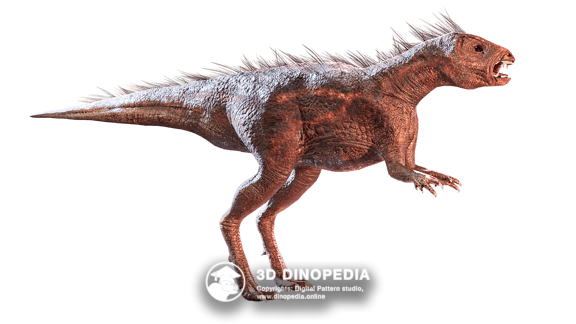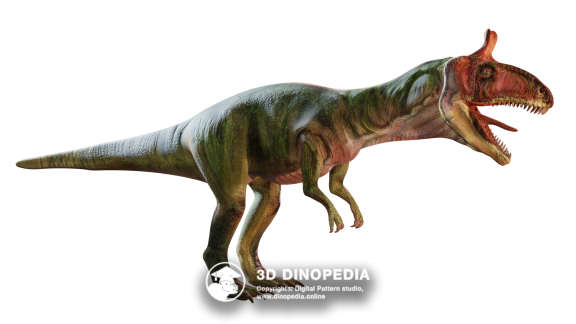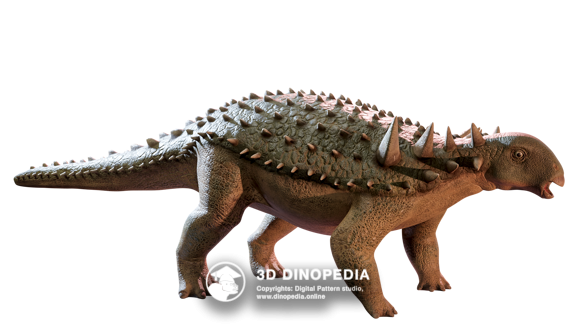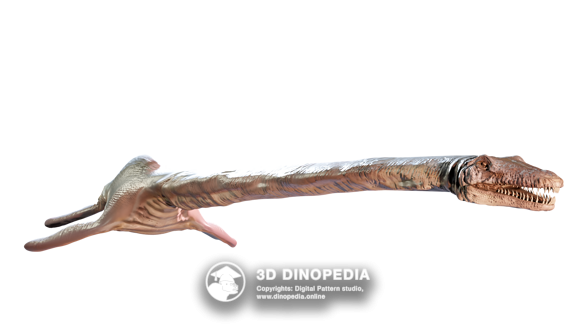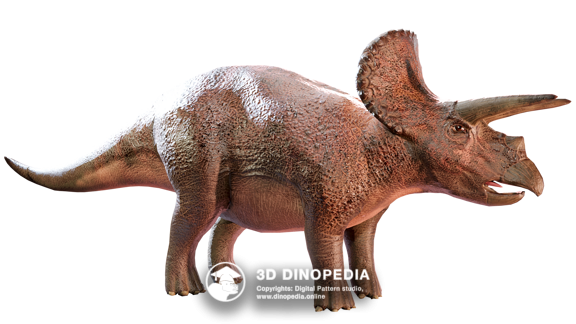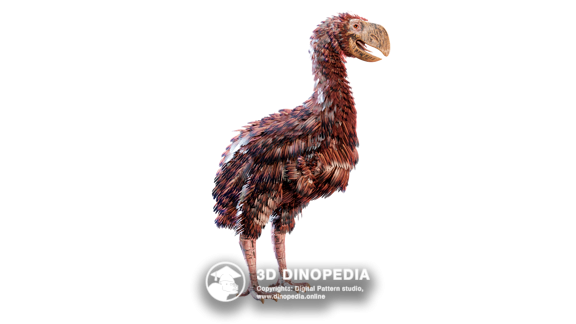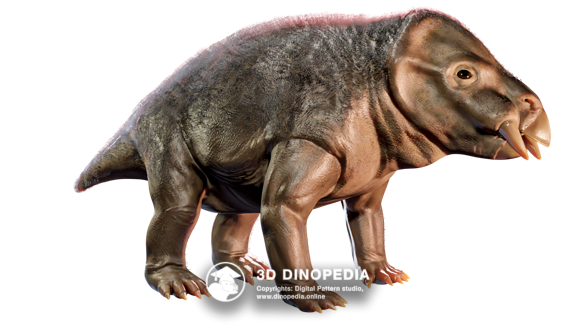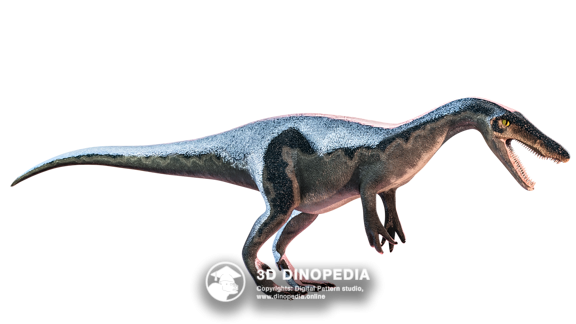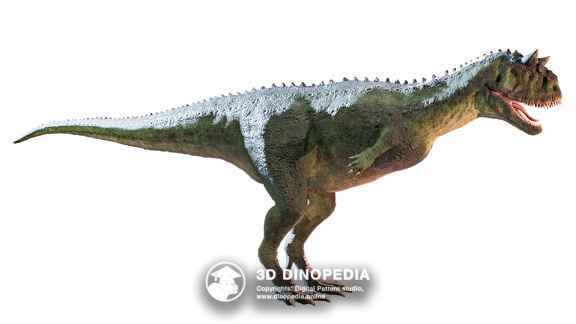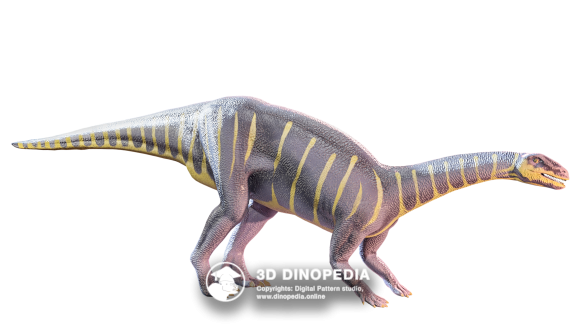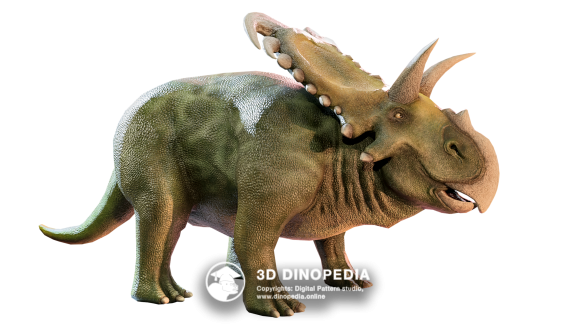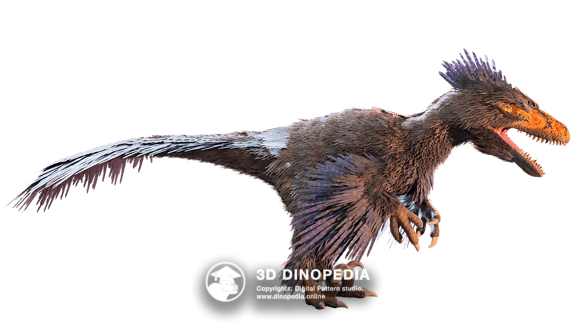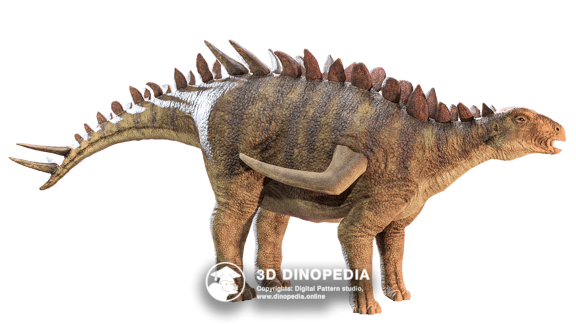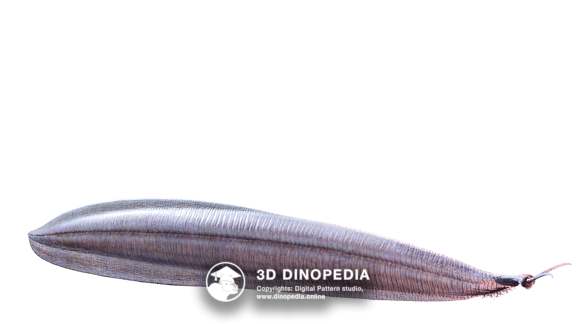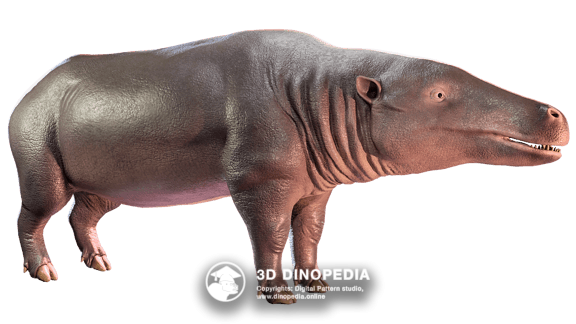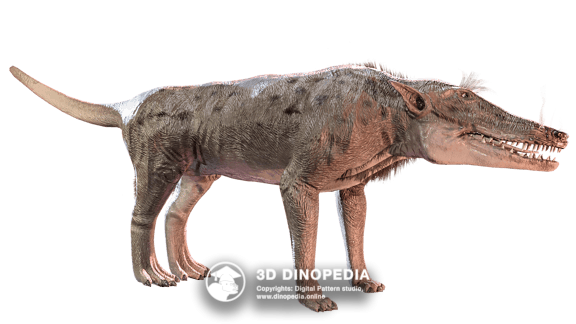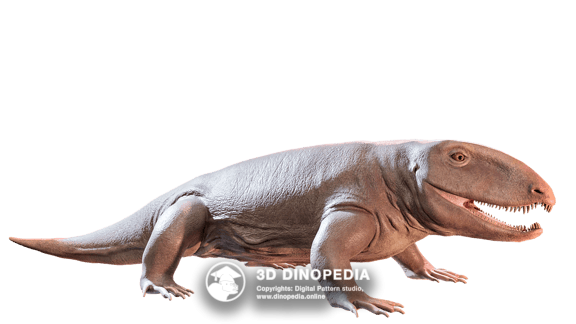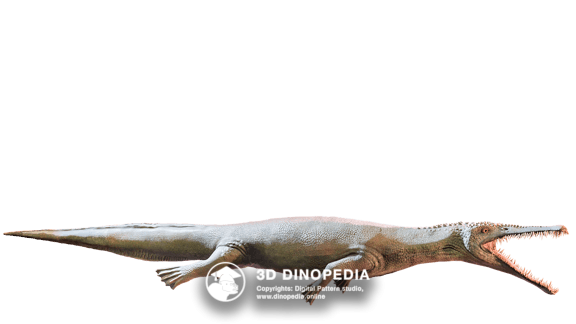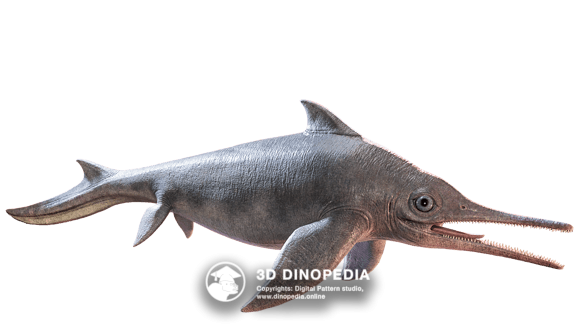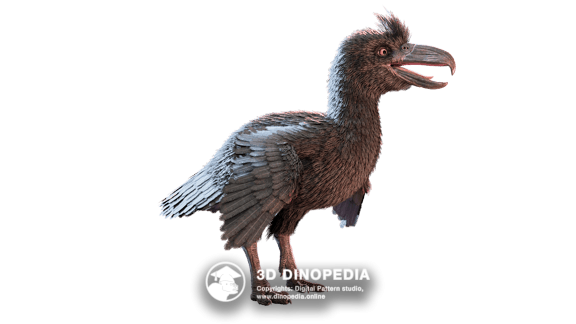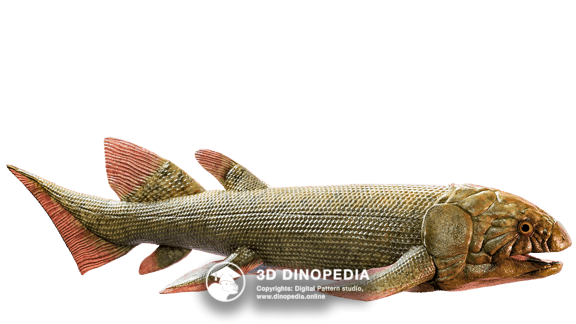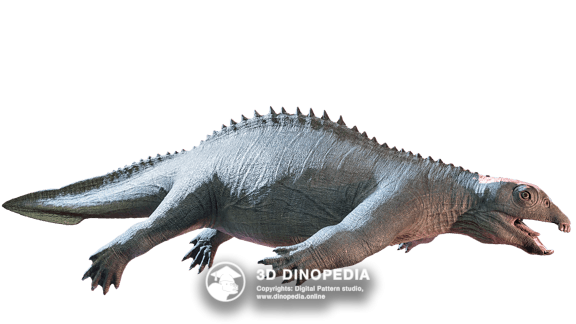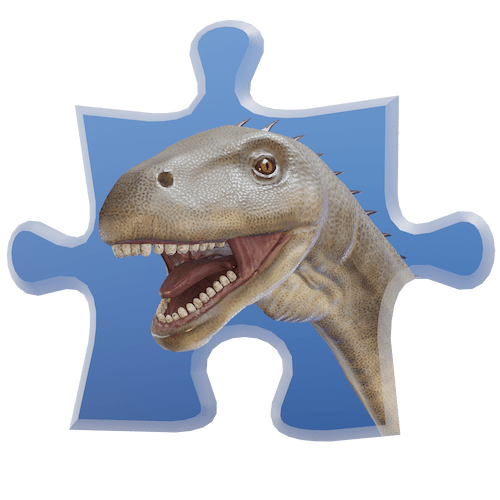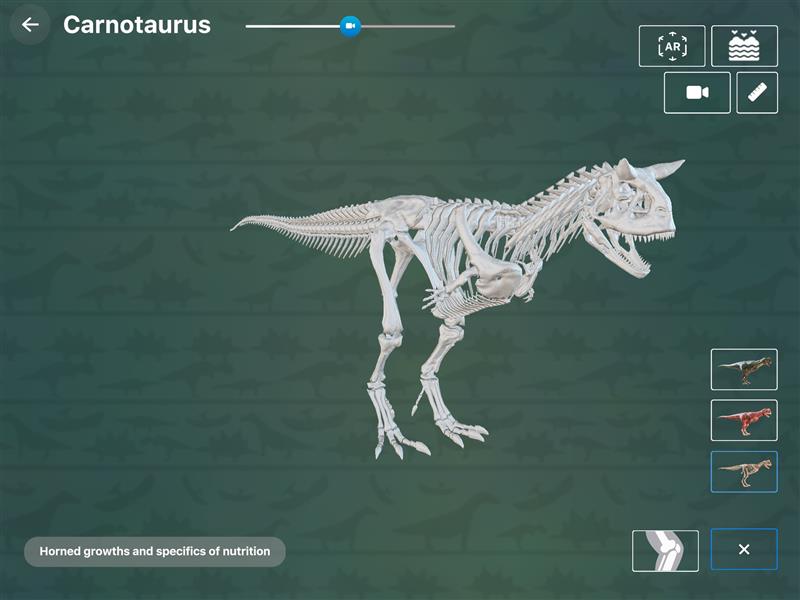Megalosaurus

Name meaning:
Great lizard
Period of life:
168–166 million years ago
Period:
Habitat:
Coasts
Taxonomy:
Theropods
Countries:

Meaning of the name: "Great lizard."
Megalosaurus was an impressive predator that reigned during the Middle Jurassic period, approximately 168 million years ago. This dinosaur, whose remains have been discovered in modern-day United Kingdom, is considered the first non-avian dinosaur to be scientifically described. Its name, *Megalosaurus*, comes from the Greek words "mega"—huge—and "sauros"—lizard, which aptly reflects its impressive size.
Megalosaurus was a formidable predator, reaching 7–8 meters in length and weighing around a ton. Its powerful hind limbs, each with four toes, allowed it to move quickly in search of prey. Three toes pointed forward, providing stability while walking, and one reduced toe pointed backward. Unlike the hind limbs, the forelimbs were short but likely used for grasping and holding prey.
The head of Megalosaurus was relatively small compared to its body. The skull had a rectangular shape with slight rounding in the nasal area and featured large pre-orbital fenestrae. These openings, despite seeming to make the skull fragile, actually lightened it without diminishing bite strength. The oval eye sockets possibly contained a ring of small bones characteristic of theropods, suggesting that it had good vision.
The teeth of Megalosaurus were its main weapon. Long, curved backward, and firmly set in the gums, they allowed it to securely hold onto prey. Some smaller teeth had a conical shape and were not as sharply curved.
Unfortunately, a complete skeleton of Megalosaurus has not yet been found. Paleontologists have discovered only scattered bones, including jaws, several vertebrae, pelvic bones, and limb fragments. Thanks to these finds and comparative analysis with other theropods, primarily *Torvosaurus*, scientists have been able to reconstruct the appearance of this remarkable predator.
Megalosaurus hunted other dinosaurs that lived during the Middle Jurassic period. Its prey could have included armored Sarcolestes, stegosaurs, and long-necked cetiosaurs. It is important to note that Megalosaurus could not have hunted Iguanodon, as is often depicted, because they lived at different times.
Studying Megalosaurus holds immense significance for science. As the first dinosaur to receive a scientific description, it played a crucial role in understanding dinosaur evolution and their place in our planet's history.
Discussions
Other animals
 INTERESTING FACTS
INTERESTING FACTS
 PUZZLES
PUZZLES
 HOME
HOME
 3D MODEL "SKIN"
3D MODEL "SKIN"
 3D MODEL "MUSCLES"
3D MODEL "MUSCLES"
 3D MODEL "SKELETON"
3D MODEL "SKELETON"
 VISION
VISION
 NEIGHBORS
NEIGHBORS
 VOICE ACTING
VOICE ACTING
 AR - MODE
AR - MODE
 GALLERY
GALLERY
 HISTORY OF DISCOVERIES
HISTORY OF DISCOVERIES
